Solder pasteThe reflow soldering process must be fully mastered to avoid batch reflow soldering defects. If one is not familiar with the reflow soldering process and has no understanding of the characteristics of solder paste reflow soldering, it is very likely to cause batch reflow soldering defects. Here, Shenzhen JJY Solder Paste Manufacturer will explain the solder paste reflow soldering process and soldering requirements:
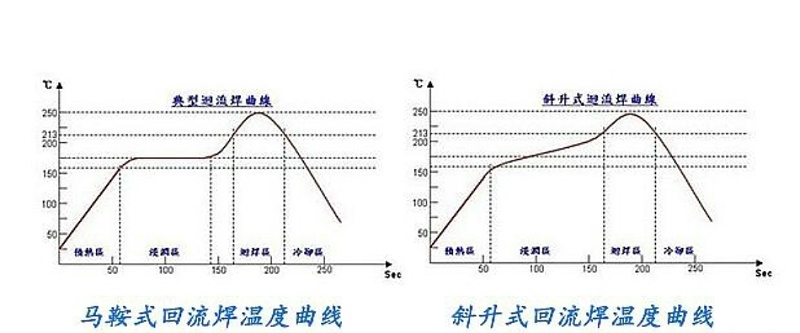
When the solder paste is placed in the heated environment of the reflow soldering, the reflow soldering process of the solder paste is divided into five stages.
1The solvent used to achieve the required viscosity and screen printing performance begins to evaporate, and the temperature rise must be slow(Approximately per second3°C)To limit boiling and splashing and prevent the formation of small tin beads. Some components are relatively sensitive to internal stress. If the external temperature of the components rises too quickly, it may cause them to break.
2The flux is active and the chemical cleaning operation begins. Both water-soluble fluxes and no-rinse fluxes undergo the same cleaning process, but at slightly different temperatures. Remove metal oxides and certain contaminants from the metal and solder particles that are about to be bonded. Good solder joints in metallurgy require a "clean" surface.
3When the temperature continues to rise, the solder particles melt and start the "lamp-like" process of liquefaction and surface tin absorption. In this way, it covers all possible surfaces and begins to form solder joints.
4This stage is very important. When all the individual solder particles have melted and combined to form liquid tin, the surface tension effect begins to form the surface of the solder joint. If the component pins are in contact withPCBThe gap of the solder pads exceeds4milThen, due to surface tension, the pins and pads may separate, resulting in an open circuit at the solder spots.
5Cooling stage: If the cooling is fast, the strength of the solder dots will be slightly greater, but it should not be too fast to cause temperature stress inside the components.
Ii. Summary of Reflow Soldering Requirements for Solder Paste:
1The key to solder paste reflow soldering is to have sufficient and slow heating to safely evaporate the solvent, prevent the formation of solder beads and limit the internal stress of the components caused by temperature expansion, which may lead to reliability issues such as cracking.
2Secondly, during solder paste reflow soldering, the active stage of the flux must have an appropriate time and temperature, and the cleaning stage is allowed to be completed when the solder particles just start to melt.
3The stage of solder melting in the solder paste reflow soldering time and temperature curve is important. The solder particles must be fully melted and liquefied to form a metallurgical weld. The evaporation of the remaining solvent and flux residue forms the surface of the solder joint. If this stage is too hot or lasts too long, it may affect the components andPCBCause harm.
4The setting of the solder paste reflux temperature curve: It is best to be based on the data provided by the solder paste supplier, and at the same time, grasp the principle of internal temperature stress changes of the component, that is, the heating temperature rise rate is less than per second3°CThe cooling temperature drop rate is less than5℃.
5During solder paste reflow solderingPCBIf the size and weight of the assembly are very similar, the same temperature curve can be used.
6It is important to frequently check every day whether the reflow soldering temperature curve is correct.
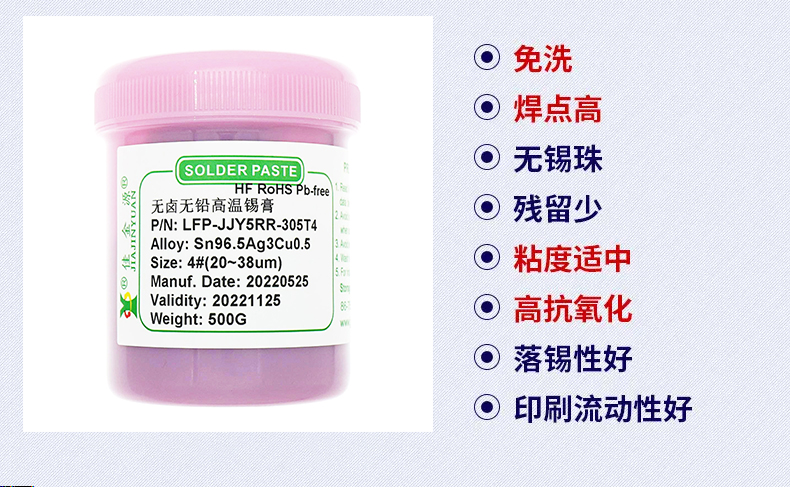
The above content is shared by Shenzhen JJY Solder Paste Manufacturer for you. We hope it will be helpful to you. If you want to know more about solder paste andSMTKnowledge of surface mount technology (SMT) processing. Welcome to leave a message and interact with us!
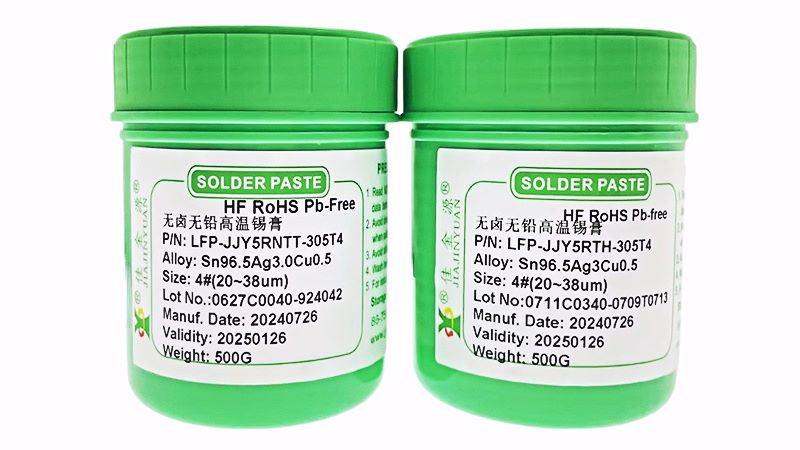

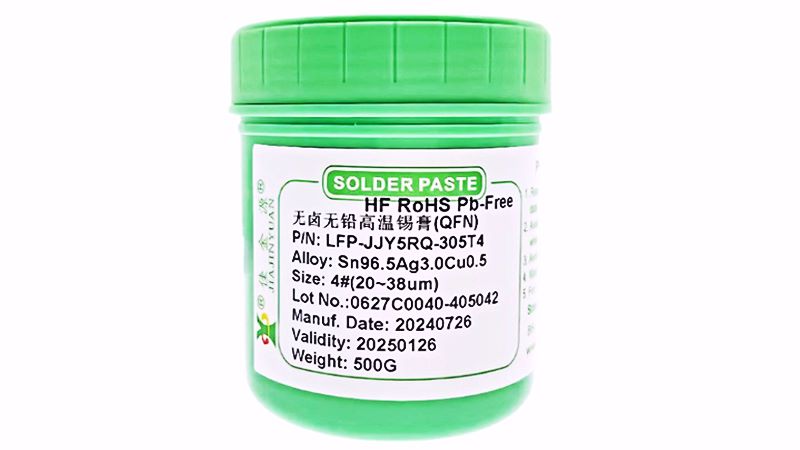
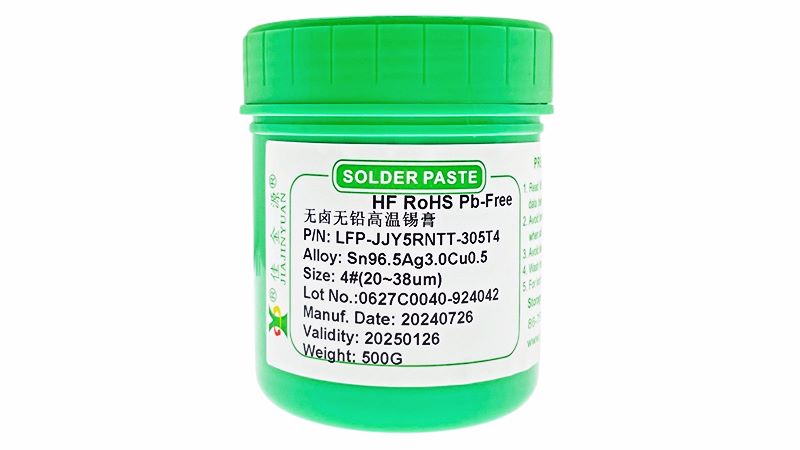

 Tel:+86 0755 88366766
Tel:+86 0755 88366766 Phone:+86 18938660310
Phone:+86 18938660310 Email:sales@jjyhanxi.com
Email:sales@jjyhanxi.com Address:13/F,12/F, Building No. B,Qinghu Technology Park,Qingxiang Rd.,Qinghu Community, Longhua Subdistrict,Longhua District,Shenzhen City,GUANGDONG Province,P.R.C.(518027)
Address:13/F,12/F, Building No. B,Qinghu Technology Park,Qingxiang Rd.,Qinghu Community, Longhua Subdistrict,Longhua District,Shenzhen City,GUANGDONG Province,P.R.C.(518027) Guangdong Public Security Backup 44030902002666 name
Guangdong Public Security Backup 44030902002666 name
 WeChat
WeChat WeChat official account
WeChat official account
